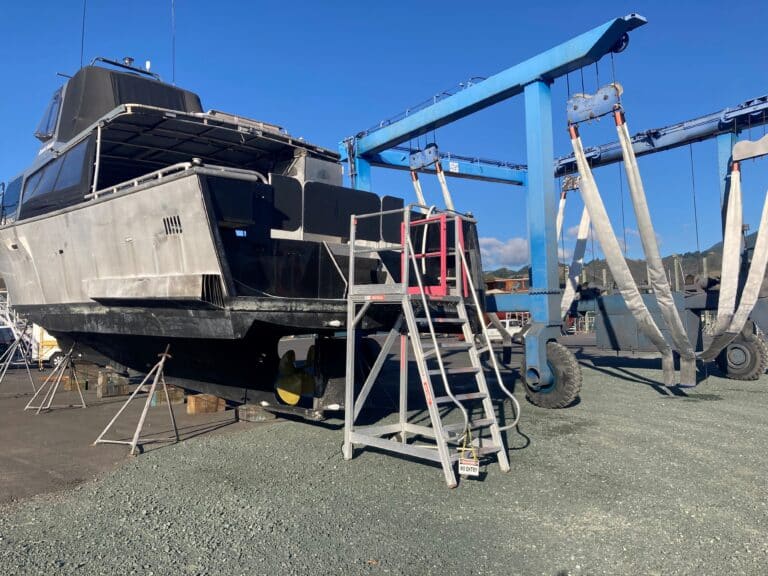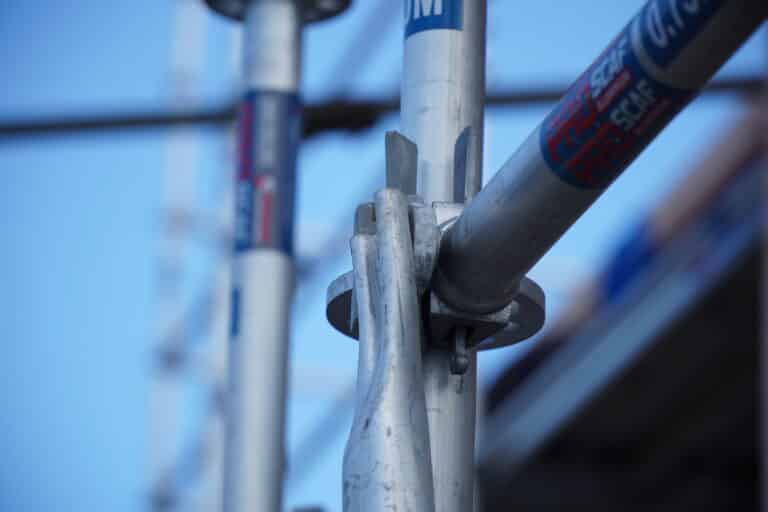Sydney-based Engineer for SafeSmart Access, Joseph Lo Presti is also a member of Standards Australia Joint Technical Committee BD-036, Scaffolding. Joseph presented at the recent Scaffolding, Access and Rigging NZ (SARNZ) conference on the effects of wind on scaffolding and rigging.
While it produced some scratching of mathematical heads at times for some, many of the members found it extremely useful. The general consensus is that wind sucks, but that doesn’t mean building scaffold is a roll of a dice whether you’ll be lucky or unlucky. As a matter of fact, the force of the wind can be calculated and a scaffold can actually be designed to resist the wind. To do this, an understanding of the wind speed, wind pressure, and other factors is required.

Wind Speed
The Design Wind Speed for most areas of New Zealand is 41m/s (154kmh) and 47m/s (169km/h) for Wellington. To determine the load on a scaffold tie, the wind speed must be converted to wind force as per AS/NZS1170.2 Standard. When the height of the scaffold is more than three times the width of the base, the scaffold must be tied to the supporting structure. For proprietary scaffolds, tie methods and spacings should be according to the manufacturer’s instructions.
The AS/NZS 1170.2 Standard sets out procedures for determining wind speeds and resulting wind actions to be used in the structural design of structures subjected to wind. The Standard covers buildings less than or equal to 200 metres high, structures with roof spans less than 100 metres and structures other than offshore structures, bridges and transmission towers.
Wind Pressure
If a scaffold is not structured properly with careful consideration, one gust of wind can bring down a scaffold. The shape of the scaffold or the higher you go on the scaffold has an effect on the wind pressure. At the SARNZ conference some of the key points Joseph picked up on wind pressure were:
- Where the scaffold is located relative to adjacent structures had an effect on the wind pressure;
- Geography affects wind pressure;
- Time of year affects the wind pressure design;
- Project duration affect the wind pressure design;
- Fully enclosed versus partially enclosed scaffolds have an effect on wind pressure and tie loads
Feeling ‘lucky’ has no positive effect on reducing wind pressure when it comes to scaffolding. Christopher Columbus and others before and after him figured out the advantages and disadvantages of the strength of the wind. It’s not necessary for you to experiment. It’s important to get a qualified person to design the enclosed scaffold for you unless, of course, you’re feeling lucky.
SafeSmart Access is an active supporter and gold level sponsor of SARNZ. If you are after scaffolding or height access solutions, we’re here to help. Whether you’re after more information from our scaffolding range or assistance in design and development to streamline your workplace efficiency, give us a call on 0800 480 455 or visit our contact us page.






